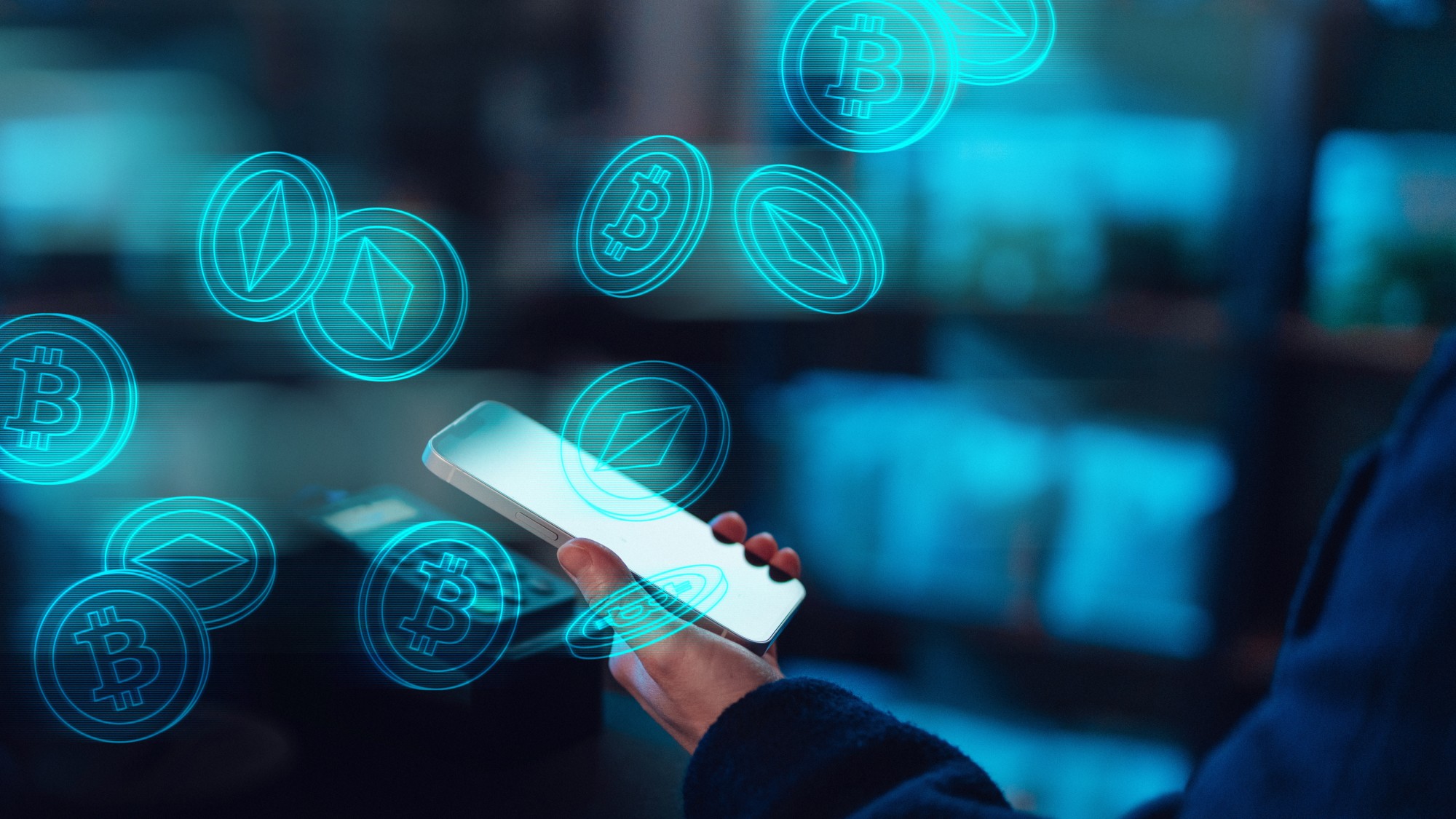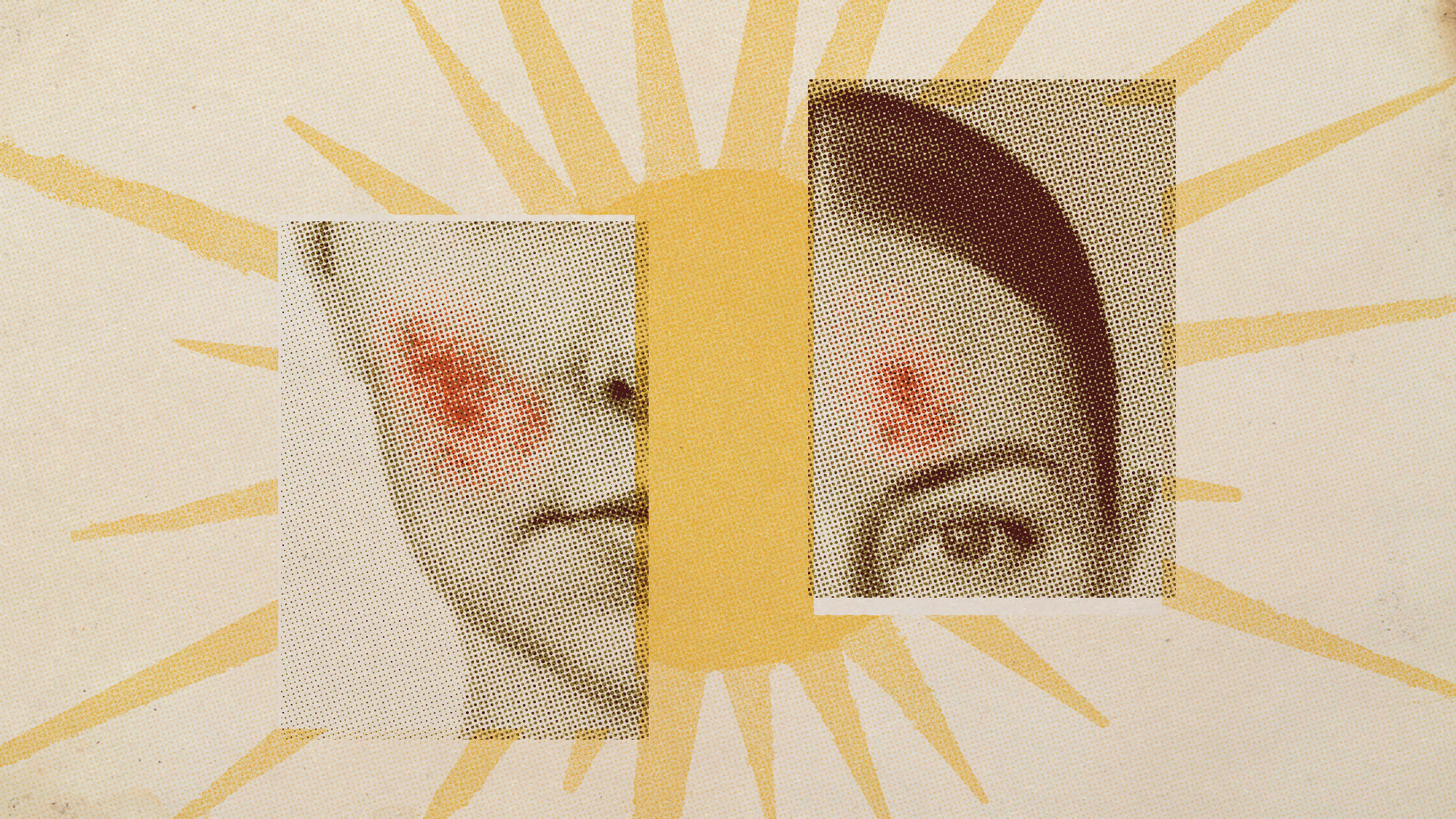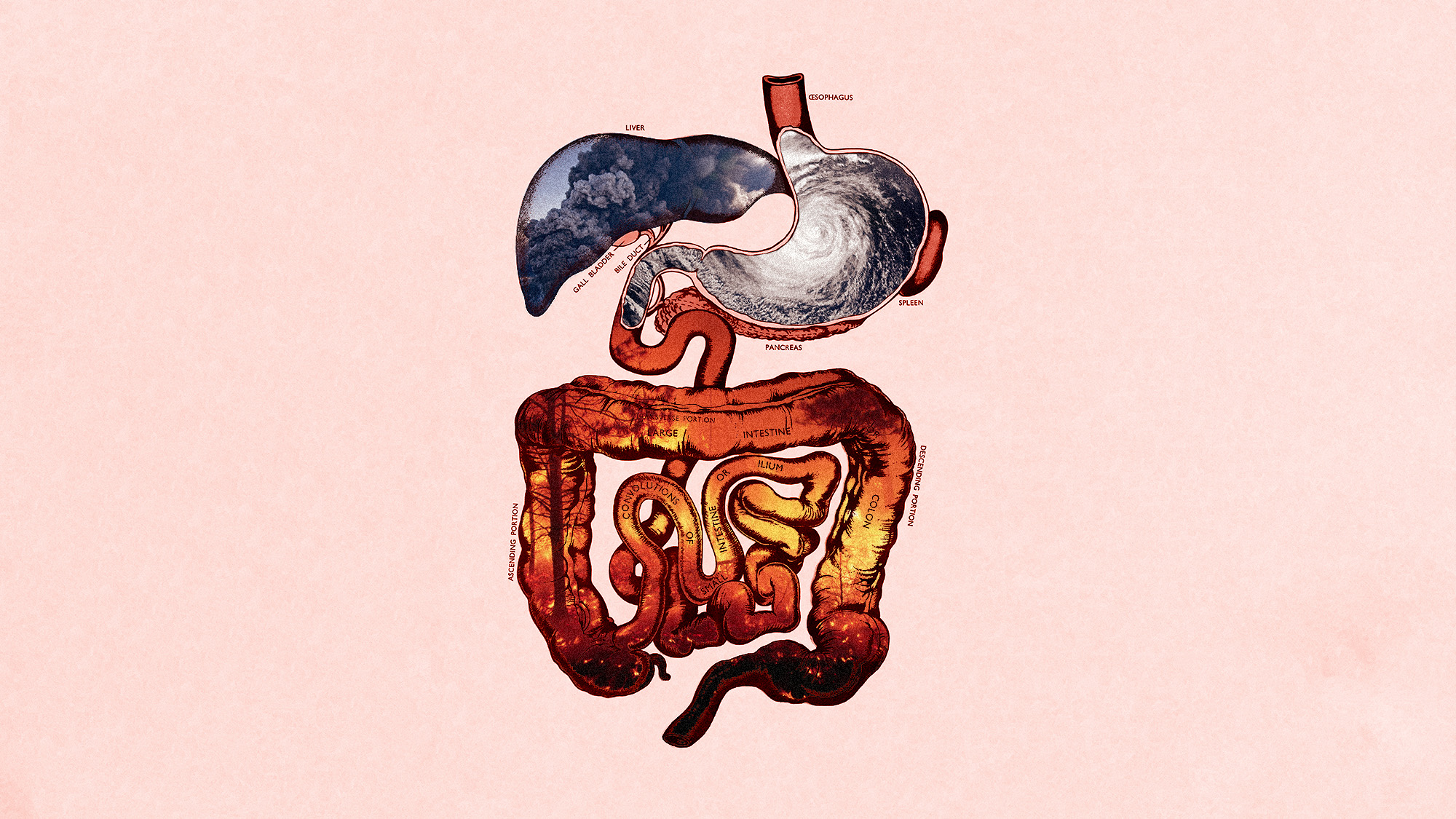The urgent American blood shortage, explained
If the blood supply is limited, hospitals will be forced to make hard choices about who receives immediate care


Since the start of the pandemic, blood banks across the United States have been calling on eligible donors to come down and help stave off shortages. It's critical that blood banks have enough of a supply for local hospitals, which risk having to make hard choices about who receives immediate treatment and who must wait.
How much blood is needed in the United States on a daily basis?
The American Red Cross says that every two seconds, a person in the United States needs blood and/or platelets, making it vital to have a lot banked. Blood is needed for everything from surgeries to traumatic injuries to cancer and sickle cell disease treatments, with roughly 29,000 units of red blood cells, 5,000 units of platelets, and 6,500 units of plasma required on a daily basis. Blood and platelets cannot be made synthetically, making voluntary donations necessary.
Why are there blood shortages?
Every year, only 3% of Americans donate blood, and at the start of the COVID-19 pandemic, that number plummeted. Blood drives at schools and clubs were canceled and donor centers were closed, and because of staffing troubles and rising costs, things still haven't gone back to normal. In January 2022, the American Red Cross declared its first-ever blood crisis, after experiencing a 10% decline in the number of people donating.
The Week
Escape your echo chamber. Get the facts behind the news, plus analysis from multiple perspectives.

Sign up for The Week's Free Newsletters
From our morning news briefing to a weekly Good News Newsletter, get the best of The Week delivered directly to your inbox.
From our morning news briefing to a weekly Good News Newsletter, get the best of The Week delivered directly to your inbox.
About 60% of blood donations are from people who are 40 and older, and Katie Smithson with the Blood Connection told WBTV last fall that "we're losing donors quicker than we're gaining donors. Part of that is due in fact to COVID. When COVID hit and schools went virtual, whether it be high schools or colleges, we lost about 30% of our donor base because we used to go to these schools and we couldn't anymore because the kids weren't there."
What kind of blood donations are there?
There are a few different types of donations: whole blood, power red (a concentrated dose of red cells), platelet, and plasma. Whole blood — the blood that flows through the veins and contains red cells, white cells and platelets suspended in plasma — is the "most flexible type of donation," the American Red Cross says. That's because it can be given as is in a transfusion, or separated into red cells, plasma, and platelets, which are distributed to multiple people. Whole blood can be donated as often as every 56 days, up to six times a year.
What type of blood is most needed in the United States?
There are eight major blood types, with O positive being the most common. Over 80% of the U.S. population has a positive blood type, and since O positive red blood cells are compatible to all other red blood cells that are positive, it's the blood type given to more patients than any other, the American Red Cross says.
Just 7% of the population is O negative, the universal blood type. People who have O negative blood can only receive O negative blood, but because it's the most common blood type used during a transfusion when a patient's blood type is unknown, it's also the first blood supply to run out when there is a shortage.
A free daily email with the biggest news stories of the day – and the best features from TheWeek.com
What are the requirements to give blood?
It depends on the type of blood donation, and each state has its own requirements when it comes to the minimum age to donate. For safety reasons, donors also have to meet height and weight requirements, to make sure their bodies can tolerate the removal of the required volume of blood.
What are some reasons why a person couldn't donate blood?
Blood donors must meet FDA eligibility criteria to donate blood, and go through a screening every time. People who are sick are not allowed to donate and are asked to come back 24 hours after their symptoms are gone. Those who have low iron are also unable to donate until they raise their levels. Donors will be asked whether they have recently lived or visited a malaria-risk country; if so, a waiting period to give blood is required. Those who have ever had Ebola are also not eligible to donate. People who are pregnant cannot donate, and are asked to wait until six weeks after giving birth.
Does the FDA still have donor restrictions for gay and bisexual men?
On May 11, the FDA announced the easing of restrictions on blood donations from gay and bisexual men. Previously, under rules last updated in 2020, men who have sex with men could donate blood after three months of abstaining from sex with another man. Now, the FDA said, all blood donors will be asked "individual risk-basked questions," and anyone who says they had anal sex with a new or multiple sexual partners within the last three months will be asked to hold off on giving blood. Any person who has ever tested positive for HIV or taken medication for an HIV infection is still not allowed to donate blood.
At the start of the AIDS epidemic, gay and bisexual men were prohibited from donating blood, Katherine Bar, an assistant professor of medicine at the Perelman School of Medicine at the University of Pennsylvania, told Penn Today during a 2020 interview. At the time, "blood banks had limited abilities to test blood products, so they banned donations from several groups who were found to have higher rates of HIV disease, including gay men," she said. "We've obviously come a long way both in terms of our understanding of the epidemiology of [HIV] and our ability to safely test and screen blood products." Up until 2015, "any man who had sex with another man was banned from blood donation for life," Bar said, and many people found "the difference in rules for gay versus straight people homophobic, and kind of inappropriate given where the science and need is."
GLAAD President and CEO Sarah Kate Ellis said in a statement the FDA's decision to "follow science and issue new recommendations for all Americans, regardless of sexual orientation, who selflessly donate blood to help save lives, signals the beginning of the end of a dark and discriminatory past rooted in fear and homophobia."
Have any other donor restrictions been lifted?
Americans who spent extended periods of time living, working, vacationing, or serving at military bases in the United Kingdom, Ireland, and France between 1980 and 2001 had been barred from donating blood, over concerns that they were exposed to Creutzfeldt-Jakob Disease related to mad cow disease. The Food and Drug Administration updated its blood donor eligibility guidance on the matter in November, after it determined the risk of passing along the disease has subsided. People who had been turned away previously for falling in this category are being encouraged to now donate.
I can't donate blood. How else can I help?
Support your local blood bank by becoming a volunteer — you could be asked to work at blood drives, schedule appointments, and hand out snacks to donors. Monetary donations are also extremely helpful and can be used for everything from upgrading storage facilities to paying for personal protective equipment for nurses. Business owners can also sign up to host blood drives and make a donation for every employee who gives blood.
Updated May 31, 2023: This article has been updated throughout.
Catherine Garcia has worked as a senior writer at The Week since 2014. Her writing and reporting have appeared in Entertainment Weekly, The New York Times, Wirecutter, NBC News and "The Book of Jezebel," among others. She's a graduate of the University of Redlands and the Columbia University Graduate School of Journalism.
-
 What new cryptocurrency regulations mean for investors
What new cryptocurrency regulations mean for investorsThe Explainer The Treasury and the Financial Conduct Authority aim to make the UK a more attractive and safer place for crypto assets
-
 The Salt Path Scandal: an ‘excellent’ documentary
The Salt Path Scandal: an ‘excellent’ documentaryThe Week Recommends Sky film dives back into the literary controversy and reveals a ‘wealth of new details’
-
 AI griefbots create a computerized afterlife
AI griefbots create a computerized afterlifeUnder the Radar Some say the machines help people mourn; others are skeptical
-
 Stopping GLP-1s raises complicated questions for pregnancy
Stopping GLP-1s raises complicated questions for pregnancyThe Explainer Stopping the medication could be risky during pregnancy, but there is more to the story to be uncovered
-
 Tips for surviving loneliness during the holiday season — with or without people
Tips for surviving loneliness during the holiday season — with or without peoplethe week recommends Solitude is different from loneliness
-
 More women are using more testosterone despite limited research
More women are using more testosterone despite limited researchThe explainer There is no FDA-approved testosterone product for women
-
 Climate change is getting under our skin
Climate change is getting under our skinUnder the radar Skin conditions are worsening because of warming temperatures
-
 Food may contribute more to obesity than exercise
Food may contribute more to obesity than exerciseUnder the radar The devil's in the diet
-
 Is that the buzzing sound of climate change worsening sleep apnea?
Is that the buzzing sound of climate change worsening sleep apnea?Under the radar Catching diseases, not those ever-essential Zzs
-
 Deadly fungus tied to a pharaoh's tomb may help fight cancer
Deadly fungus tied to a pharaoh's tomb may help fight cancerUnder the radar A once fearsome curse could be a blessing
-
 Climate change can impact our gut health
Climate change can impact our gut healthUnder the radar The gastrointestinal system is being gutted
